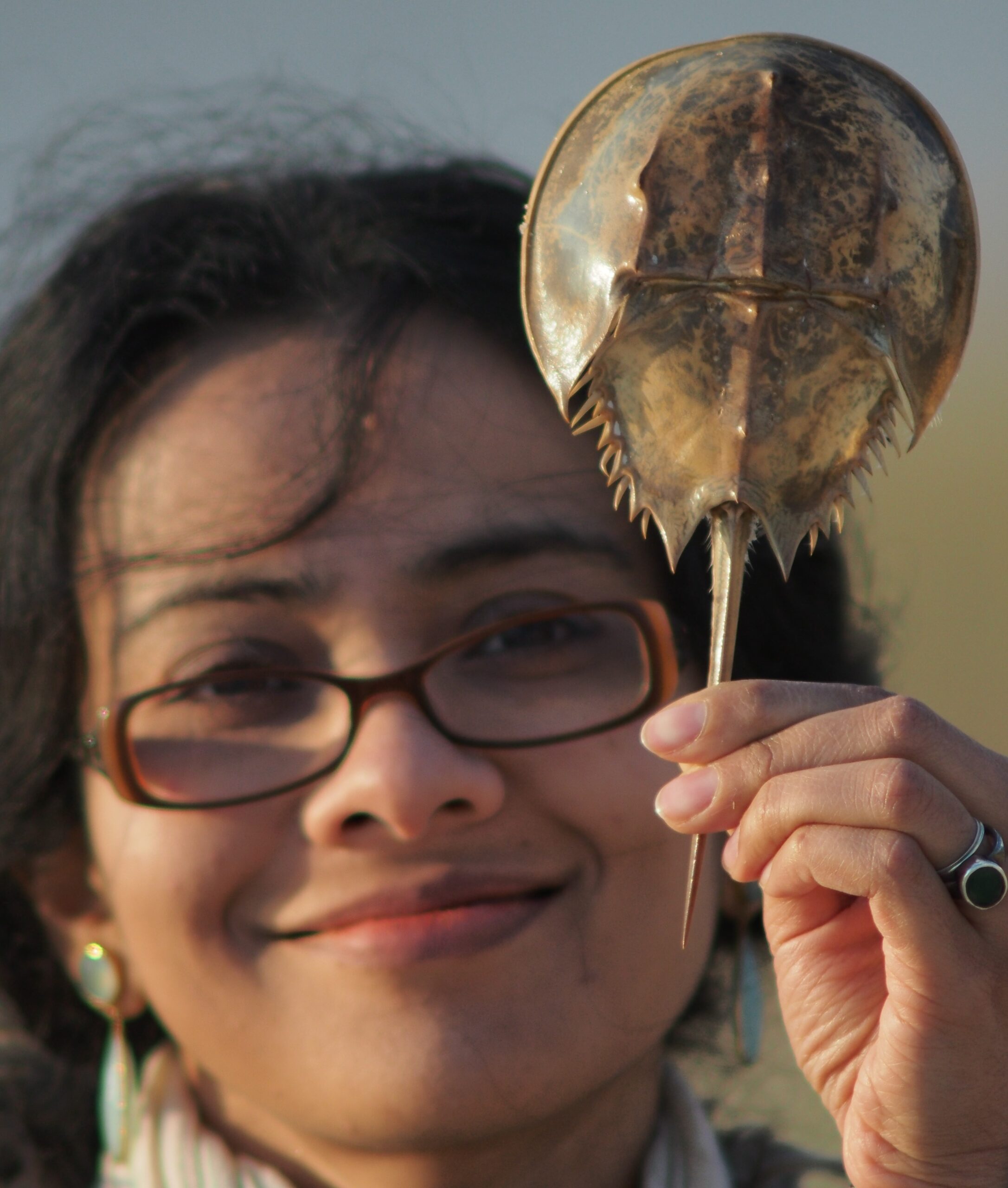Recent advances enable single-cell RNA sequencing (scRNA-seq) of large number of cells in human tissues and organs to identify constituent cell types and their functions. However, this technology has largely failed to translate to microbes that include fungi, bacteria, etc. and the microbiomes they constitute. There is no rapid, high-throughput scRNA-seq that can be applied to multiple microbial species in an unbiased way. We aim to perform scRNA-seq of different microbial species and strains comprising a microbiome in a single shot and at high-throughput. This will reveal not only the constituent players in the microbiome but also their genomic and biochemical activity at the time of interrogation. We developed a Silicon Chip-Integrated Soft Microfluidics (SCISM) platform to perform lysis of microbial cells rapidly and efficiently using micromechanical impact. We optimized our setup by fragmenting polymer micro-beads (as proxy for microbes), and applied SCISM to lyse Saccharomyces cerevisiae and Candida albicans. As next step, we will integrate optical spectroscopy on-chip to characterize the cell lysates and compare with in-depth RNA-seq analysis of the effluent. In a separate project, we are developing personalized 3D fluidic models of the cephalic arches (CA) of hemodialysis patients that are likely to thrombose, a challenging problem due to the complex interplay between flow dynamics, biochemical factors and endothelial cell activation. 3D models of each patient’s CA are reconstructed from ultra-sound and venogram imaging and used to fabricate fluidic devices for flow experiments at patient-specific conditions. This allows isolating geometric and relevant dynamical flow parameters. Elucidating the contribution of each factor will help design efficient and personalized dialysis regimens to maintain AVF access in this vulnerable population.
About the Speaker:
Prof. Dr. Anindita Basu, is an Assistant Professor in the Department of Medicine, Section of Genetic Medicine at the University of Chicago and leads a multi-disciplinary research group that uses genomics, microfluidics, imaging and nano/bio-materials to develop new tools to aid in diagnosis and treatment of disease. Basu obtained B.S. in Physics and Computer Engineering at the University of Arkansas, Ph.D. in soft matter Physics at University of Pennsylvania, followed by post-doctoral studies in Applied Physics, Molecular Biology and Bioinformatics at Harvard University and Broad Institute. Her lab applies high-throughput single-cell genomics to map cell types and their function in different organs and organisms, including human heart, gut and female reproductive system in health and disease, development of fish fins and drug resistance in fungal pathogens. Other efforts in her group include developing new device fabrication and microfluidics tools to profile host-pathogen interactions, characterize microbial functions and model thrombosis in dialysis patients.
